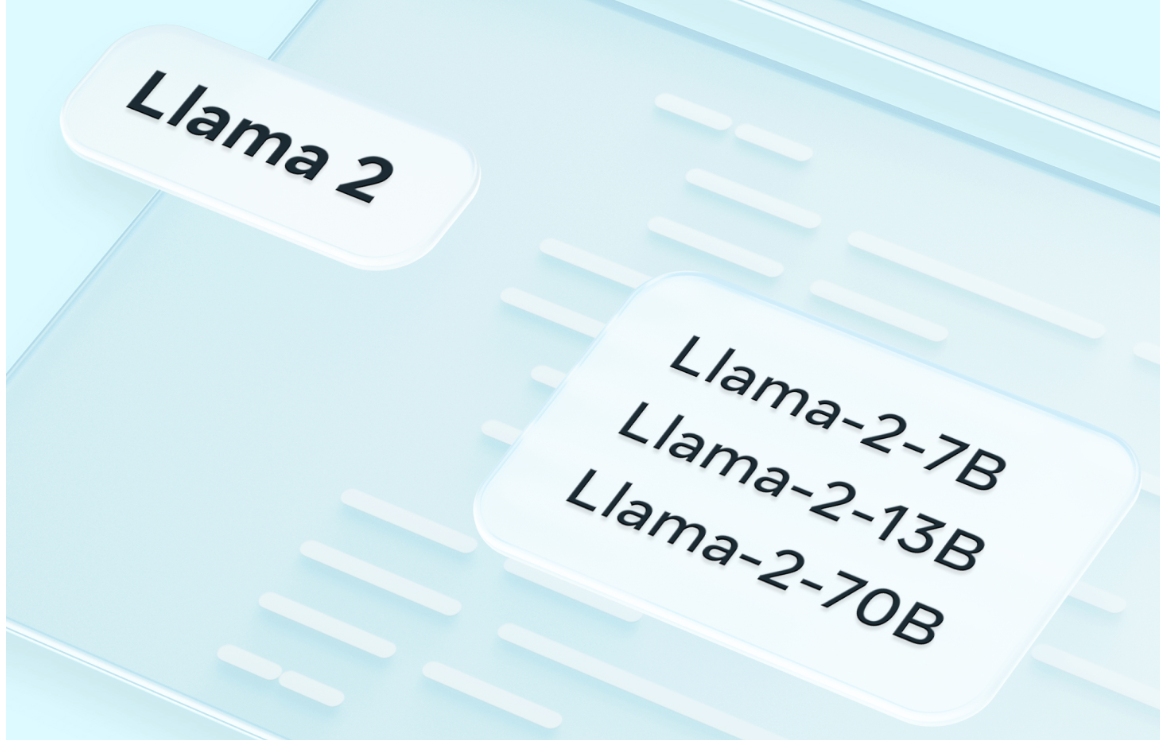Meta has launched Llama 2 Open Source LLM, which consists of language models ranging from 7 to 70 billion parameters. Llama 2-Chat is a subset of these models. It was tailored for dialogues. In benchmarks, Llama 2 performed better than many open-source models and it’s fine-tuning and safety enhancements are thoroughly described by Meta, encouraging community participation.
Llama 2 is open source and available for various uses, including research and commerce. It offers access to creators, businesses, and researchers, allowing them to responsibly expand their ideas using Llama 2.
Meta obtained the data for pretraining Llama 2 from public online sources. The specialized Llama-2-chat model uses public datasets and over 1 million human comments. Llama 2 operates on 2 trillion tokens, boasting twice the context length of its predecessor, Llama 1. The Llama-2-chat models were further trained using more than 1 million new human annotations.
For ensuring that Llama 2 Open Source LLM provides safe and useful feedback, it employs reinforcement learning. Llama-2-chat, after its initial creation through supervised fine-tuning, undergoes continuous improvements. This is achieved using Reinforcement Learning from Human Feedback (RLHF). The method involves specific methods like rejection sampling and PPO.

Conclusion
Today marks the introduction of Llama 2, Meta’s new open-source language model. Llama 2 is freely available for both research and commercial purposes. In a significant move, Microsoft is teaming up with Meta, becoming the preferred partner for Llama 2.
This collaboration and the launch of Llama 2 have garnered support from diverse sectors including tech, academia, and policy, highlighting a collective belief in open innovation for AI. With a commitment to responsible development, resources are being provided to guide those who integrate Llama 2 into their work.
You can Download the mode or get source code on GitHub.
For every model download, you’ll obtain:
- Code for the model
- Model’s weights
- User Manual (README)
- Guide for Responsible Usage
- Licensing Information
- Guidelines for Acceptable Use
- Model Information Card

